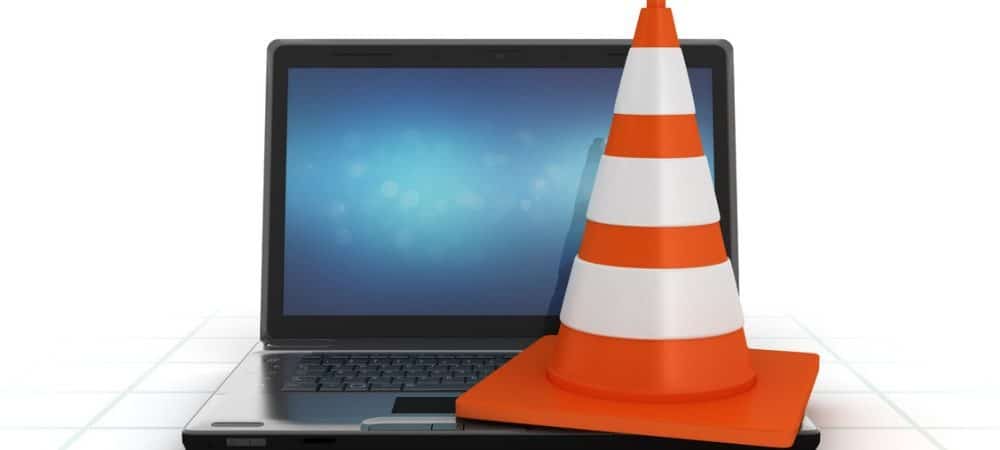I think what you really mean is, not something that prevents buffering but instead, has a larger buffer to allow to continue playing from it, while the streaming is too slow or interrupted. Without buffering you would have multiple times as many stutters and blocky screen, would be much less watchable. People just call the emptying of the buffer, buffering, because it was dumb-down in what is displayed when there are not frames to display. Maybe I shouldn't have mentioned this at all.

The ideal is build a larger buffer that never completely empties itself. The thing is, the larger the buffer, the longer it takes to build it up, which increaes your initial playback lag.
VLC and possibly some other apps, do allow this. For VLC, go to the Settings menu of VLC and select "Input / Codecs". Then, under the "Advanced" sub-menu, you can find the option for the "Network Caching" size. You can adjust this to increase the buffer size for streaming videos and reduce the likelihood of buffering or stuttering during playback.
The GUI may vary how to access it, here's another writeup:
Is VLC player having stutter issues while streaming your media? Increasing the buffer cache might fix some of those video and audio stuttering problems.

www.groovypost.com





